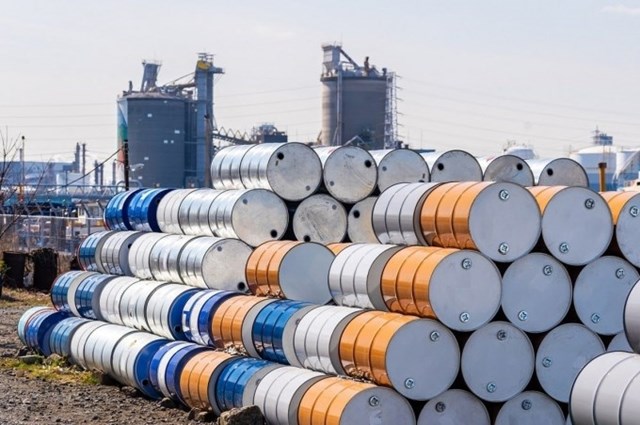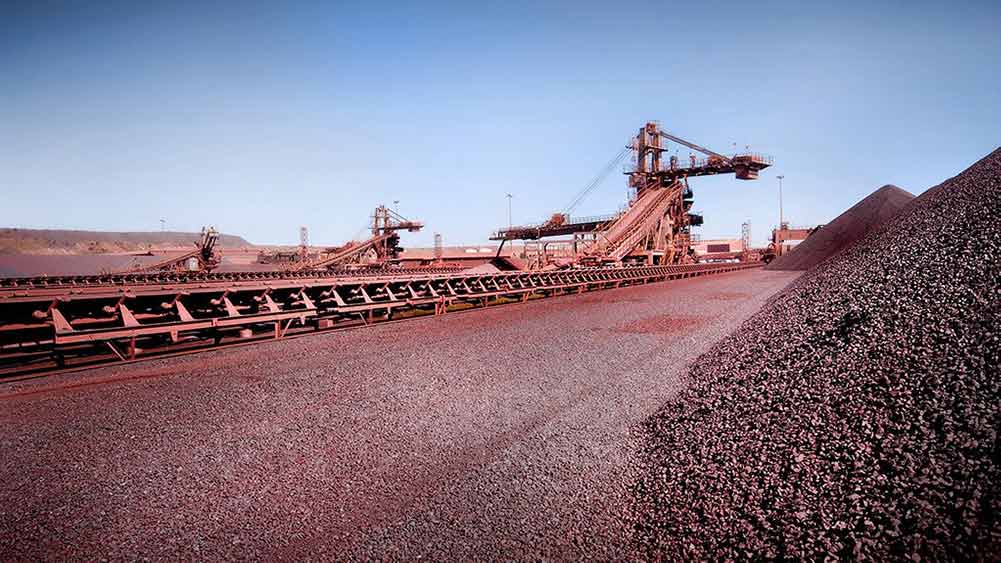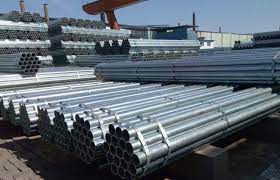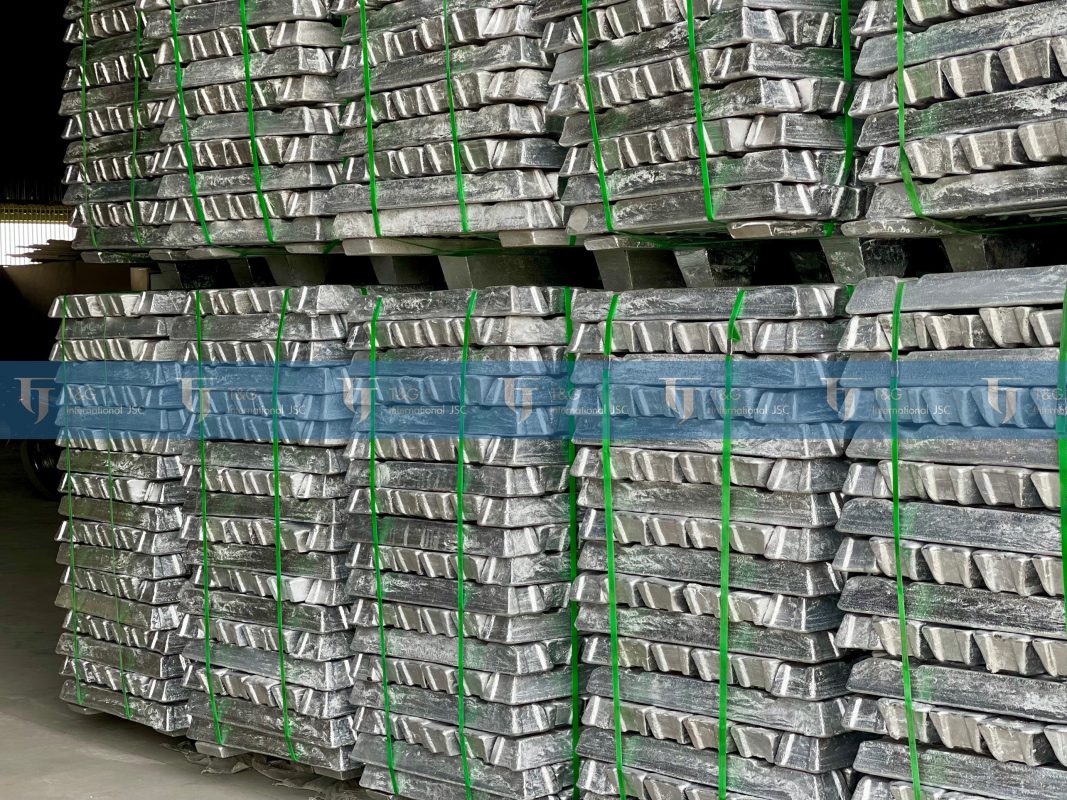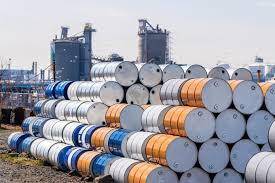The Baltic Sea Dry Freight Index has fallen for 14 consecutive days and hit a one-year low. However, high freight pressure is still there, which is expected to persist into 2022.
Shipping costs globally have skyrocketed over the past year as consumers ramp up their spending while the pandemic continues to affect the world’s supply chains.
Container freight rates have more than quadrupled since the start of the pandemic, with the first three quarters of 2021 being the strongest period.
Congestion at seaports, labor shortages, lack of containers and strain on logistics networks have resulted in higher transportation costs and longer delivery times than before.
Now those pressures have eased. Global container rental rates, after hitting a record high in September, have steadily declined since then, currently around 16% lower than in September 2021 mainly due to reduced rates on the eastern transpacific routes – the The main sea route goes from China to America.
The Baltic Sea Dry Freight Index has fallen for the past two weeks, hitting a one-year low, as freight rates across all ship segments fell.
Specifically, the Baltic Sea Dry Freight Index – which includes charter rates for capesize, panamax and supramax vessels – was at 1,296 on January 26, the lowest since mid-January 2021 and the 14th consecutive day of declines. next.
In which, the capesize ship index dropped 43 points, or 5.8% compared to the previous day, to 702 points, the lowest level since June 2020. The average capesize charter rate – transporting 150,000 tons of goods such as iron ore and coal… – has decreased by 354 USD compared to January 25, to 5,826 USD.
The panamax ship price index also fell 74 points, or 3.7%, to $1,914, the lowest since April.
The average daily panamaxes charter index – 60,000 to 70,000 tons, usually carrying coal and grain – fell $666 to $17,224.
The supramax ship index also fell 39 points, to its lowest level since late February, at $1,654.
Baltic Sea Freight Index.
The drop shows that global demand for goods after a strong boom plus the peak shipping season (usually August to October) has gradually decreased. In addition, the US recently asked some ports to extend daily operating hours and increase operational efficiency to reduce port congestion, in order to reduce supply bottlenecks.
Although the situation has improved significantly, experts say the pressure can still last until the end of the year. The reason is because some supply constraints are basically not immediately remedied, for example: backlogs, time delays at ports, labor shortages in up-and-coming industries. supply chain disruptions in the trend of moving inland, along with challenges of the shipping industry such as: slow capacity growth, and new mergers focusing only on one market segment. carrier number.
On the other hand, if the pandemic is about to be controlled, the demand for goods as well as some service sectors, such as tourism and hotels, will recover even stronger.
In fact, freight rates on some routes not only did not decrease but also increased due to many costs incurred.
Drewry’s WCI container freight index on the US West Coast on January 24 increased 5% to $11,197 per 40ft container. On the US East Coast, while the FBX index fell 2.5% to $17,023, the WCI rose 2% to $13,987 per 40ft container.
Elsewhere, freight rates from Asia to Northern Europe were solid last week, with the WCI and FBX indices at $14,053 and $14,458 per 40ft container, respectively, with only Xeneta’s XSI on the North route. Europe fell 4% to $14,525.
Some shipping lines have restricted small and medium-sized shippers from signing long-term contracts, causing other shipping lines to increase short-term freight rates in the region. Things in today’s shipping often don’t go as planned and goods are delayed, shippers have no other choice and are subject to increased shipping or insurance rates from partners.
Meanwhile, the share of exports from Asia remains high on most shipping routes. The Ningbo Container Shipping Index (NCFI) recorded an uptrend in 9 of the 21 covered routes and a slight decline in the remaining 12, suggesting that any shippers’ hopes of a price correction are far from over. happen.
Even on secondary routes, such as in the Northwest Atlantic, rates from Northern Europe to the US East Coast show no sign of falling back to where they were a year ago. Rates in the North Atlantic region (Liverpool to New York spot price” a year ago were $1,800 per 40ft container, but now the average is $6,900.
Rising transportation costs and commodity shortages are expected to boost commodity prices further, amid rising inflation around the world.
The United Nations Conference on Trade and Development (UNCTAD) forecasts that if freight rates continue to rise until 2023, global import and consumer prices could increase by 10.6% and 1.0%, respectively. ,5%. The impact will be even greater for small, developing economies, which are heavily dependent on goods imported by sea.
In addition, high freight rates will also lead to an increase in prices of lower value-added products. Small-scale and developing economies – which export many of these commodities – could become less competitive, making the economic recovery difficult. In addition, prices of highly integrated products and global value chains such as electronics, mqays, etc. will also be affected more than other sectors if freight rates rise.
Returning freight rates to pre-pandemic levels will require the world to invest more in infrastructure, digitize the freight industry, and strengthen trade facilitation measures.
References: Blogs.imf, Reuters
T&G International Joint Stock Company
Address: 352 Hue Street, Le Dai Hanh Ward, Hai Ba Trung District, Hanoi
Hotline: 0345786803
Email: hrm@tginterjsc.com
Website: http://tginternationaljsc.com




